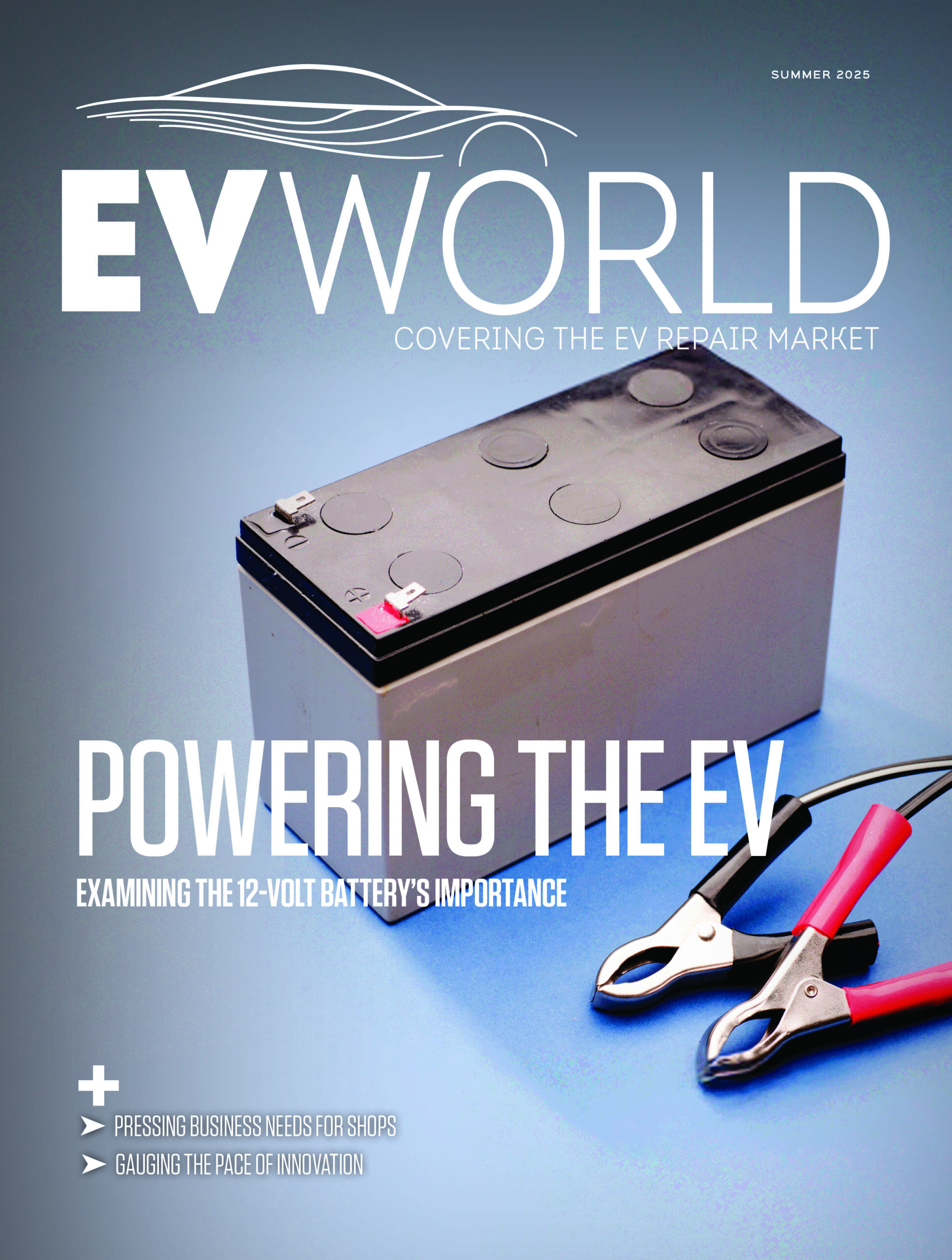
Once new internal combustion engine vehicles can’t be sold in Canada after 2035, these vehicles will still make up a significant portion of vehicles in operation.
Several U.S. states have also said they’ll prohibit sales of ICE vehicles after 2035. The U.S. has a national goal proposed of two-thirds of vehicles sold by 2032 to be zero-emissions.
But just how many ICE vehicles will stick around past the mid-2030s — and for how long? Perhaps a hint to that answer can be found by looking at an island in the northern Caribbean Sea.
If one were to look at Cuba, the way they have maintained and operated vehicles could be a lesson that could keep ICE vehicles in circulation for many more years, even decades to come.
Todd Campau, aftermarket practice leader at S&P Global Mobility, described the ‘Havana Effect’ at AAPEX 2023.
“They got a bunch of old cars running around still that very innovative people have figured out how to keep running 60, 70 years later,” he said during the presentation, Trends Impacting the North American Aftermarket. “Obviously, they have a pretty friendly climate; they don’t have to deal with rust as much as we do.”
This attitude could spill over to North America as EVs present affordability issues to many consumers. They may opt to continue to invest in their ICE vehicle as a more affordable option for EVs.
“I think this is the challenge,” Campau said. “If we push too hard on shifting the fleet, then does it create situations where people can’t afford an EV and so they have to keep their ICE vehicle working even longer than they would have before?”
There’s a lot we still don’t know about EVs due to their infancy. They may not prove to be reliable vehicles in the long term.
“We don’t know how well they’re going to perform in the used vehicle fleet because we’re just starting to see them move that way in volume; they’re just starting to get old enough. We also don’t know how long they’re going to live overall, or how many owners they’re going to see overall,” Campau said. “There’s assumptions that they’re going to behave like internal combustion vehicles, but that’s just assumptions right now, What if they don’t last for 20-plus years?
Average vehicle age in the U.S. is 12.5 years (and estimated to be 10.5 in Canada). So there are a lot of 16-20-year-old vehicles on the road right now. And right now, it’s higher-income households that are buying EVs as they’re the ones who can afford them.
“So what if these vehicles don’t last? What if they don’t flow through the market like their internal combustion counterparts always have? What’s the social impact if there’s not an EV for a lower-income household to buy after it’s been owned for 10 years by the new owner?” Campau wondered. “So these are all questions that we’re wrestling with.”
Related Posts
Comments
-
I believe the consumer will correct this mess by their buying power, their purchasing power. If the average consumer does not buy into this product then as I have said before manufactures and governments are in a whole world of hurt. Just because its green does not mean its environmentally friendly. Green is just a marketing ploy to take the money out of our pockets and put it into theirs. My customers do not want anything to do with the electric car. I wonder who helped them come to that conclusion.
-
Even with government restrictions being imposed to ice vehicle sales, there will not be enough power in the grids or customer demand to impose such restrictions.
-
We are talking over 10 years down the road. Alot can change. If you want to know what the future holds, closely follow Toyota. They are usually ahead of the upcoming trends and changes to the Automotive world. Hydrogen for the win.












Leave a Reply